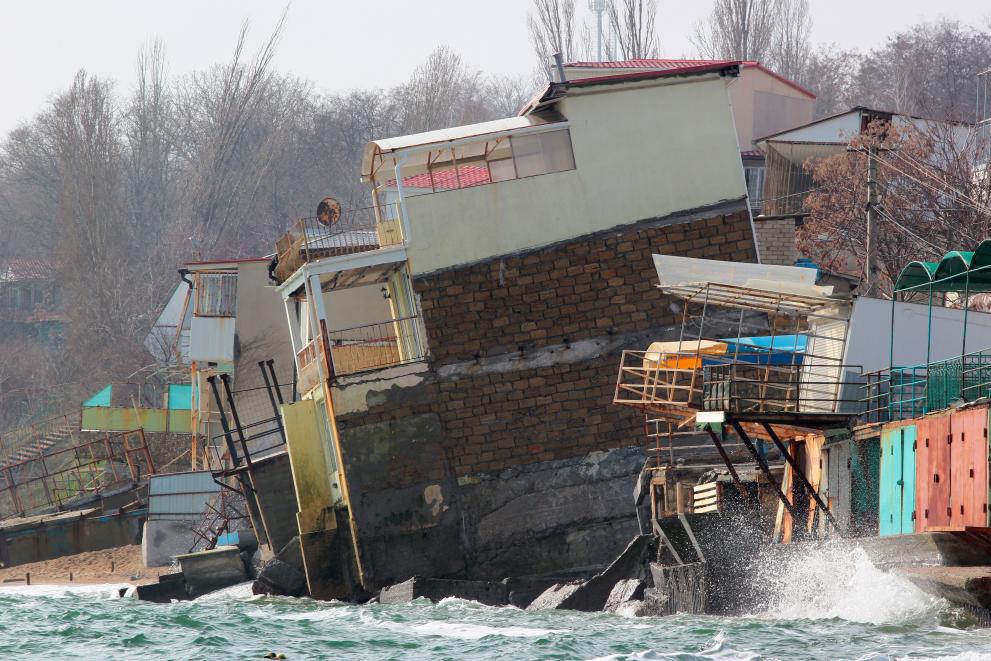
A JRC article published in Nature Scientific Reports finds an increasing trend of erosion along the world's coastlines, with twice as much land lost than what was replaced over the past three decades.
The impacts of climate change, such as sea-level rise and more frequent extreme storms, may worsen this picture.
Based on the first ever satellite-based analysis of coastal erosion (land loss) and coastal accretion (land gain) worldwide, the authors estimate that about 28 000 km2 surface area of land has been eroded over the past three decades. This corresponds to twice the surface area of gained land.
The findings strongly suggest that human factors are a major cause of coastal erosion.
These activities include the building of dams and irrigation systems and the exploitation of coastal resources, such as the clearing of mangrove forests.
Natural hazards such as tsunamis and extreme storms are also important drivers.
Changes in coastal land structure have broad social, economic and environmental consequences.
About 40% of the world's population live near coasts. Coastal areas also host key infrastructures and ecosystems.
This worrying erosive trend can be halted and coastal risks reduced by effective and timely coastal planning and adaption strategies – like the ones promoted by Integrated Coastal Zone Management policies.
Also, a holistic approach looking at watersheds’ management and all kind of land-sea interactions is necessary.
Better coastal protection measures and shoreline stabilisation through nature-based solutions like revegetation and safeguarding coastal ecosystems can be a major help.
However, in some places more drastic measures such as the strategic relocation of structure and people or the abandonment of land may prove to be the only sustainable solution.
The new dataset of erosion and accretion developed in this study is valid for any type of coast on a global scale, and is freely available.
It provides a deeper understanding of coastal dynamics, and can help coastal researchers, managers and stakeholders generate risk profiles and evaluate the range of opportunities available to them in terms of coastal planning and adaptation measures.
For example, it can help in understanding and planning for the erosive impact of critical infrastructures, such as dams and irrigation systems.
It can also help in evaluating the exposure of coastal areas to erosion and accretion, their suitability at hosting settlements and assets, and the hazard on coastal ecosystems.
Read the full article in Nature Scientific Reports: Global long-term observations of coastal erosion and accretion
Related Content
Full article: Global long-term observations of coastal erosion and accretion
Details
- Publication date
- 10 December 2018
